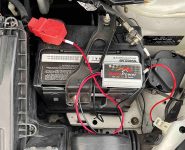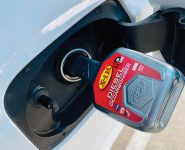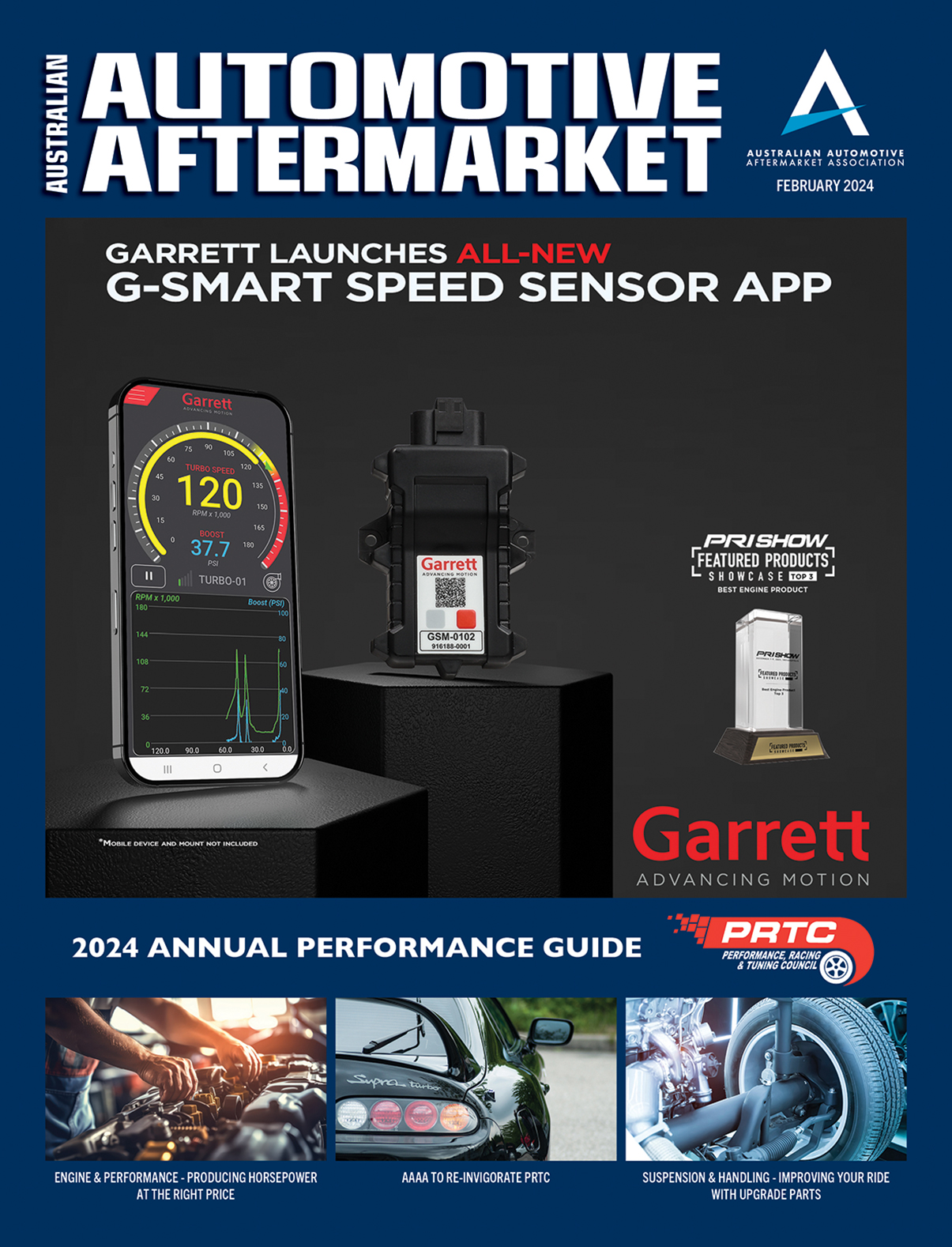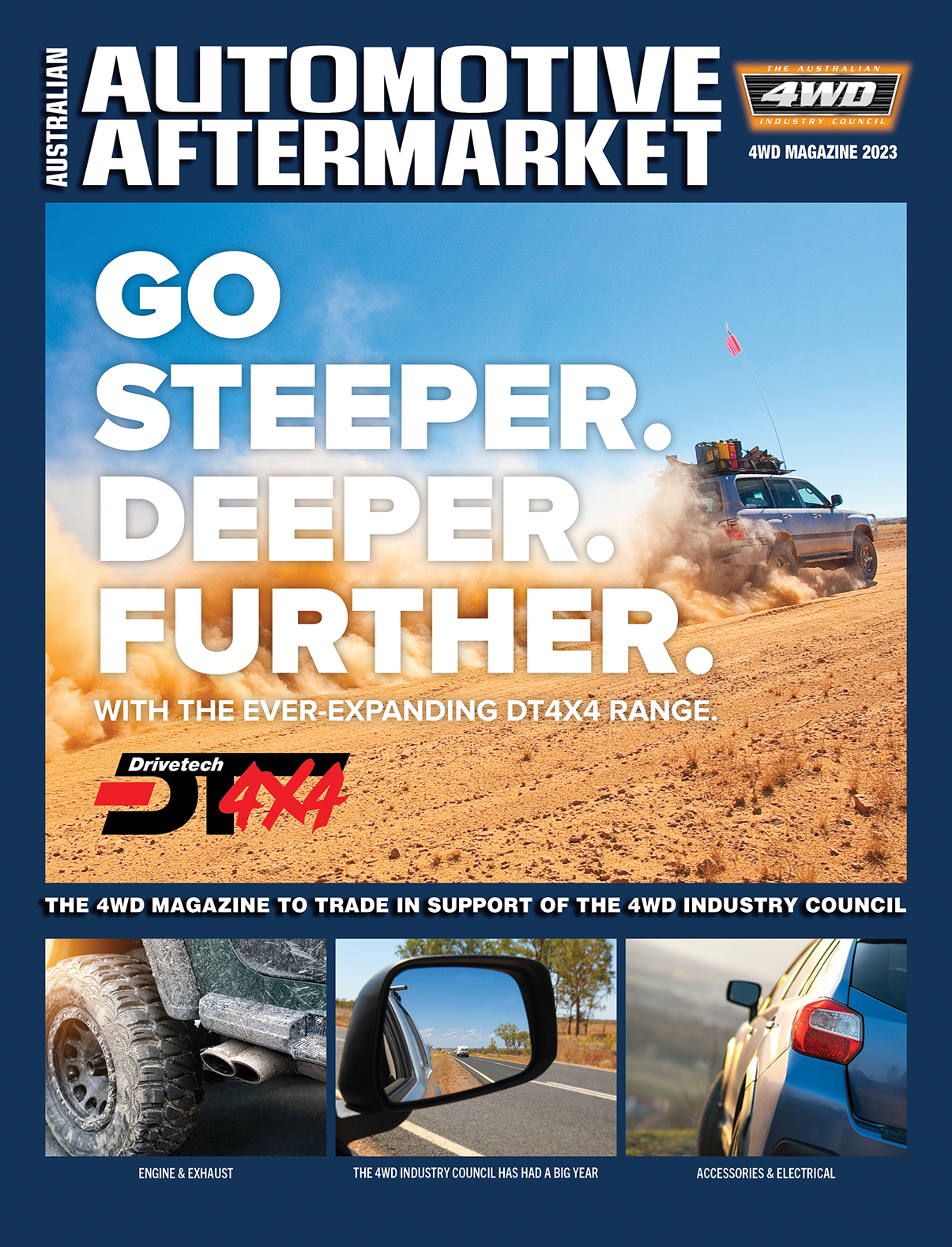X-1R DIESEL TREATMENT
Burg Design says this product goes the extra mile
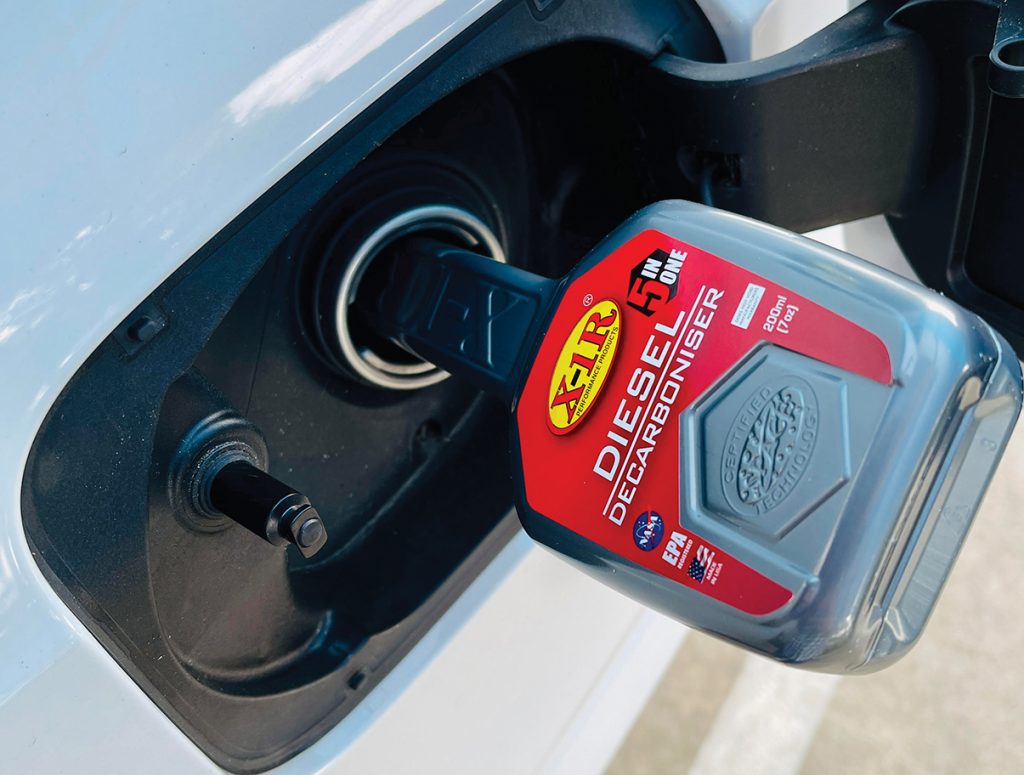
Diesel Engines have changed enormously over the years, and we are now looking at Tier 4 Diesel Engines becoming the norm across all of the world.
“We needed to update our product to take into account the changes to the fuels and the demands the engines are making of them,” Burg Design’s Ray Graham said.
“In accordance with the changes we made to our X-1R Petrol product, we have now designed a Five-in-One product that is already the one to beat!”
Burg Design says key features of the X-1R Diesel Treatment are as follows:
• Removes Carbon deposits and cleans fuel injectors.
• Noticeably improves fuel economy and power delivery.
• Results in a much smoother running engine.
• Lubricates upper cylinder and reduces engine wear .
• Stabilises fuel.
• Eliminates moisture from the fuel tank and lines.
Nozzle fouling tests, performed using a Peugeot XUD9 1.9 litre engine according to the CEC F-23-01 test procedure, have reportedly demonstrated the detergency performance of the X-1R Diesel Treatment.
Detergent performance is measured as percent fouling of an injector at 0.1mm needle lift, with zero percent being equal to a clean, as-new injector, and 100 percent representing complete fouling.
Burg Design says the results shown in the comparative images are typical of X-1R Diesel Treatment’s detergent in ultra-low sulphur fuels, with and without biodiesel.
“Our new Diesel Treatment formula will ensure consistently high engine performance by cleaning dirty injector nozzles and then keeping them free from deposits, more commonly called Clean-Up and Keep-Clean effect,” Ray said.
“The X-1R Diesel Treatment features a Cetane Booster. This cetane biossting technology ensures that when used, the machine operator will clearly feel a difference in the power delivery.
“Our new formulation contains an improved water dispersant that stops water/ethanol separation and of course reduces exhaust emissions.
“The product also improves lubricity. We took four representative diesel fuels from various outlets and using a treat rate of 96ppm, we conducted tests using the ASTM D6079 test protocol.
“At this treat rate we saw a reduction in Wear Scar Diameter (WSD) of 73µm from the D975 target of 520µm, thus making all of the fuels EN590 compliant and proving our X-1R Diesel Treatment Technology leads to improved lubricity.”
For more information, visit www.burgdesign.com.au


